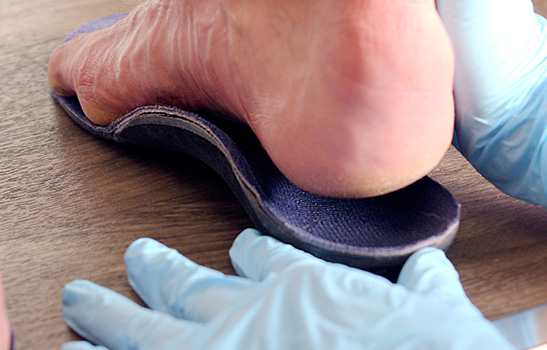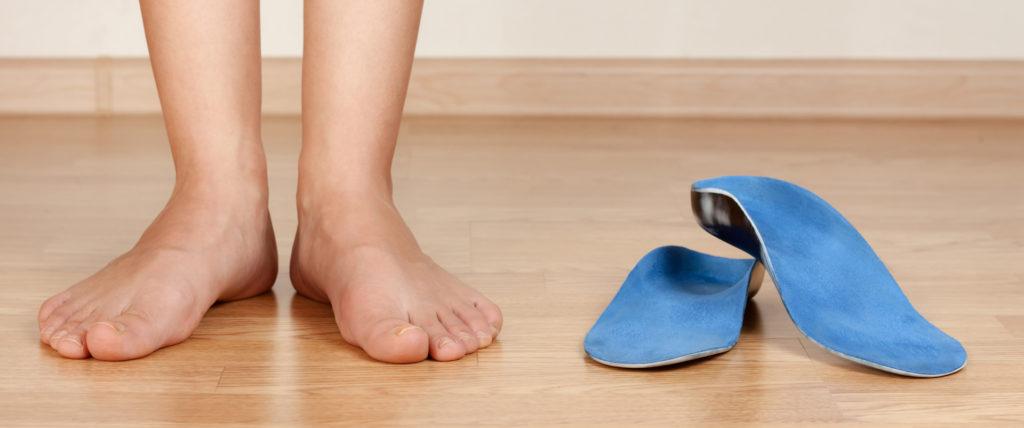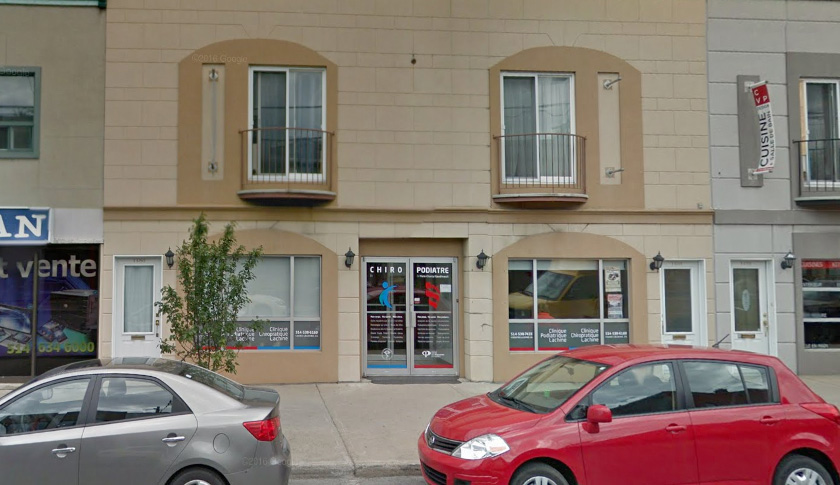High Arches and Cavus Foot
High arches are a condition involving the excessive curvature of the plantar arch. It is the opposite of flat feet. This foot type causes loss of stability, poor posture and gait disturbances. As a result, injuries and pain may occur.
See the causes See the long term complications See how to relieve yourself at home
Signs and symptoms of High Arches
High arches do not always cause pain but other symptoms are often present:
- Excessive arch in the foot
- Prominent raising of the top of the foot (high instep), tightness when wearing shoes
- Poor ankle alignment
- Shoes wear down and lose form quickly
- Poor shock absorption, “noisy” gait
- Sprains/instability of feet and ankles
- Fatigue when walking or during physical activities
- Pain in the arch, heel and ball of the foot
- Leg pain or fatigue
- Lower back pain and tension
- Sensitivity on the inside/outside of the knees
- Curved toes (hammertoes)
- Poor balance
- Excessive calluses under the heel and/or front of the foot
What are the causes of High Arches
High arches are generally hereditary. A number of deviations in the bones of the foot can lead to excessive curvature of the plantar arch:
- Metatarsus adductus (“C-shaped” foot)
- Forefoot valgus
- Plantarflexed first metatarsal
- Excessive curvature of the external arch (pseudoequinus)
- Excessive inclination of the heel bone
Progression and consequences High Arches
There are three categories of high arches: rigid, semi-rigid and flexible. Rigid high arches are characterized by a fixed arched position that permits little movement even when standing. Flexible high arches are also known as “false flat feet”. In this case, high plantar arches are present but they tend to flatten when bearing weight and upon walking. Semi-rigid high arches are situated somewhere between these two categories. Depending on the category, symptoms may vary.
In rare cases, certain conditions can cause feet to develop excessive arches:
- Diabetes with neuropathic complications
- Stroke
- Multiple sclerosis
- Scleroderma
- Charcot-Marie-Tooth disease
- Parkinson’s disease
- Cerebral palsy
- Poliomyelitis
- Spina bifida
- Muscular dystrophy
How to relieve High Arches / Cavus Foot
Rigid high arches :
- Significant reduction in supportive surface area, with only the heel and base of the toes touching the floor.
- Excessive accumulation of corns and calluses on these support surfaces.
- External alignment of the ankles combined with an inadequate supporting surface area may cause instability and susceptibility to ankle sprains.
- This instability causes fatigue in the peroneal muscles, potentially leading to peroneal tendonitis.
- Muscular imbalance in favor of extensors (muscles on the top of the foot) lead to excessive curvature of the toes (“hammertoes”).
- The lack of mobility in the foot greatly diminishes shock absorption, potentially leading to bursitis of the heel. When impact is poorly absorbed, it can spread along the leg to the knees, hips and/or back.
- The excessive incline of the heel bone increases tension in the Achilles tendon and plantar fascia, which can lead to Achilles tendinopathy and plantar fasciitis.
- This incline of the heel makes its posterior protuberance more apparent. It may become irritated due to footwear, causing pain, retrocalcaneal bursitis or a bony outgrowth called Haglund’s deformity.
- High arches are often responsible for a lack of ankle mobility. The blockage can eventually result in the formation of calcium deposits around the ankle joint.
- Rigid high arches often lead to posture-related pain in the knees, hips or back. Like a domino effect, the excessive external angle of the foot pushes the ankle, knee and hips into external rotation, thereby reducing the curvature of the lower back.
Flexible high arches :
Because the arch of the foot is able to flatten, this condition’s symptoms and progression are similar to those of flat feet, hence the name “false flat feet”. See “progression and consequences of flat feet” for more details.
Semi-rigid high arches :
The symptoms associated with this foot type are a hybrid between those of rigid high arches and flexible high arches.
Diagnostic of High Arches
- A complete biomechanical exam is essential not only to diagnose your foot condition but also to establish the foot type, determine the degree of severity and identify the factors that may be responsible for the excessive curvature in the plantar arch. This exam includes a review of your health history, an assessment of the mobility and strength of your legs and feet, a posture evaluation and a camera-assisted plantar pressure analysis.
- X-rays must also be conducted to assess the health of joints and examine the alignment, length and congruence of the bones of the foot.
What can my podiatrist do about Cavus Foot?
1. Plantar orthotics :
Orthotics provide optimal arch support by redistributing the body’s weight over the entire surface area of the bottom of the foot. This reduces painful pressure areas, improves the foot’s stability and diminishes the accumulation of calluses. These arch supports reduce tension in structures including the plantar fascia and Achilles tendon.
Adding lateral wedges can improve lateral stability for feet that suffer repeated sprains.
In the case of high arches, specialized materials are used to improve shock absorption in pressure areas.
Finally, by changing the angle of the foot, plantar orthotics help diminish stress on the knees, hips and back.
2. Manipulative therapy :
Manipulative therapy helps restore mobility to joints and bones, relaxes muscles and ligaments and helps the foot to regain its fluidity and proper alignment.
3. Stretching, strengthening and balance exercises :
An exercise program for high arches aimed at strengthening weak muscle groups and improving flexibility and balance can help optimize the function of the lower limbs.
How to prevent Cavus Foot?
Being proactive is the best way to prevent the pain and consequences of excessive arching of the foot. If you suspect misalignment in your feet or posture, we strongly advise you to consult with a podiatrist, who will be able to evaluate the condition and establish a personalized treatment plan.
I have an arch under my foot, so my foot must be normal.

Beware! Even a prominent arch can completely collapse when bearing weight or prove to be too pronounced and rigid. It's not the specific height of an arch that determines whether it's normal. For an accurate diagnosis, the foot must be evaluated in seated, standing and moving positions.
And if it was not High Arches?
Other problems with foot alignment can cause symptoms similar to those of high arches:
- Flat feet
- Morton’s toe
- Clubfoot
- Genu varum (bow-leggedness)


